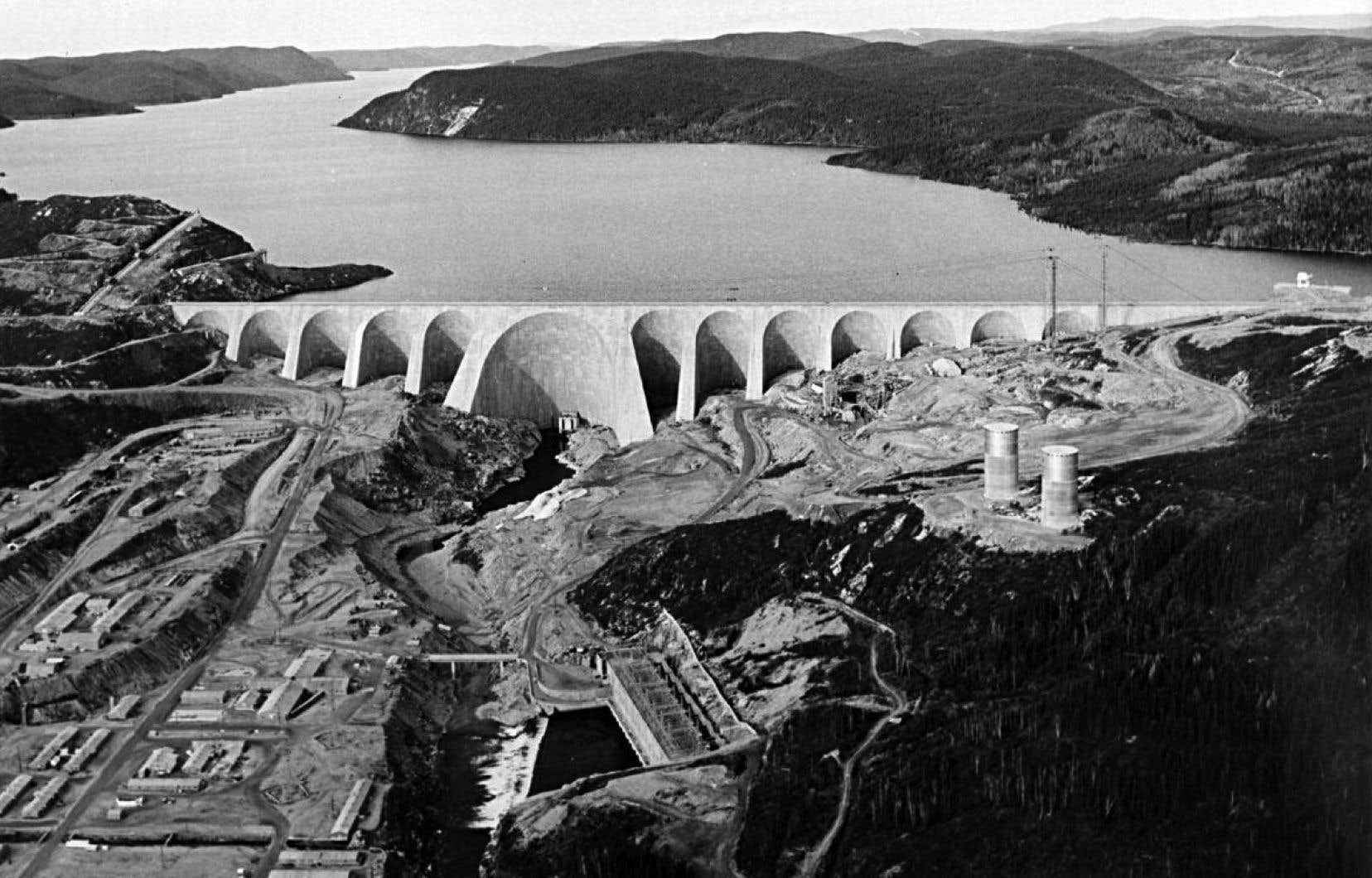Any new hydroelectric dam project in Quebec risks leading to a federal-provincial standoff. Such a structure would in fact be subject to a federal environmental assessment, despite the Quebec impact analysis process. However, the Coalition avenir Québec affirms to the To have to that it opposes the carrying out of a study by the Canadian authorities for the projects that it intends to implement in a second mandate.
If he is re-elected on October 3, François Legault promises to launch “the largest ecological project in the history of Quebec” by giving the mandate to Hydro-Quebec to quickly provide him with suggestions of rivers to target for their hydroelectric potential. The outgoing Prime Minister, who believes that the addition of this energy is essential to fight against the climate crisis, even wants to “shorten” the construction time of any new concrete structure on one of the great rivers of Quebec.
No offense to the CAQ, however, the provincial government will not be the only one to decide the fate of such a project. Any new large dam project in Quebec will indeed be subject to the provisions of the Impact Assessment Act (IEA) adopted by the Trudeau government in 2019, according to what emerges from the information provided to the To have to by the Impact Assessment Agency of Canada (IAAC).
Concretely, the IAA includes a “Physical Activities Regulations” which stipulates which projects are automatically subject to a federal environmental assessment. This is the case for any “new dam” that leads to the creation of a “reservoir” that exceeds 15 km2 “the average annual surface area of the natural water body”. By way of comparison, three of the four reservoirs of the Romaine River hydroelectric complex greatly exceed this threshold.
“Dual assessment”
However, the Coalition avenir Québec (CAQ) opposes any federal intervention for this type of project. “A CAQ government will always defend the jurisdictions and prerogatives of Quebec and we will continue to argue with the federal government that the Quebec environmental process should be the only one to apply for projects on our territory,” argued the media relations team in a written response.
“We believe that the double environmental assessment imposed by Ottawa is redundant to the Quebec process. The Quebec process is rigorous and proven,” it added. In the context of a dam project, this process would include a review by the Bureau d’audiences publiques sur l’environnement.
A lawyer at the Center québécois du droit de l’environnement, Anne-Sophie Doré confirms, however, that the provisions of the LEI are unequivocal. “There’s no escaping it if the project has the criteria set to automatically trigger a federal environmental assessment,” she points out.
This means that a major project, like what the CAQ promised, would involve filing an impact study with the AEIC. This would then lead a process including public consultations and the drafting of a report on the impacts of the project. Indigenous rights would be considered in this report. Subsequently, the federal Minister of the Environment should issue a “decision statement” to authorize, or not, the construction of the concrete structure.
The office of Environment Minister Steven Guilbeault did not want to comment on the file, since it is still a “hypothetical project”. However, he recalled the provisions of the LEI, which clearly provides that a new dam would be subject to it.
This would not be the first environmental file where the Trudeau government and the Legault government would face each other. As part of the third link project in the Quebec region, Ottawa made it clear that a federal assessment would be carried out by the AEIC, in particular because the tunnels would cross the St. Lawrence River. “This assessment will shed light on the ecological nature, or not, of this project,” argued Mr. Guilbeault at the time. But the CAQ, which promotes the road megaproject, sees only a “useless duplication” of assessments.
Minister Guilbeault’s desire to protect woodland caribou also made François Legault react. The latter considers that the species, which is protected under the Species at Risk Act (SARA) of Canada, falls rather under the “jurisdiction of Quebec”.
No to roadblocks
The construction of a dam on the course of a river must also be authorized by Fisheries and Oceans Canada (DFO), since the Fisheries Act prohibits “works, undertakings or activities resulting in the death of fish or the deterioration, disturbance or destruction of its habitat”.
“Before issuing an authorization under the Fisheries Act, DFO must consider lower impact alternatives, the implementation of mitigation measures and, as a last resort, compensation measures to offset the impacts on fish habitat”, specifies the federal ministry.
Before launching the entire federal process for evaluating future dam projects in Quebec, it would however be necessary to specify the rivers that would be targeted. For the moment, Hydro-Québec has not named any watercourses. “It is far too early to specify rivers or regions at this stage,” said the state company, when François Legault left. early September. One thing is certain, Innu and elected officials from the North Shore have already expressed their opposition to any new project on the Magpie River.
The president of the Fondation Rivières, Alain Saladzius, is also pressing the next government to abandon the idea of building a new dam. “The last great rivers are important, especially for First Nations. Dams also have ecological issues, in particular due to the significant negative impacts of reservoirs, which flood territories. »
According to him, the “enormous” potential of wind energy can allow Quebec to meet growing demand, in a context of electrification of many sectors, including transportation. Mr. Saladzius points out that Hydro-Québec launched calls for tenders at the end of 2021 for the purchase of two separate power blocks of 300 megawatts (MW) of wind power and 480 MW of electricity “ from renewable sources. It received bids totaling 4205 MW, mainly for wind projects. The Romaine complex, with its four dams, has an installed capacity of 1550 MW.
